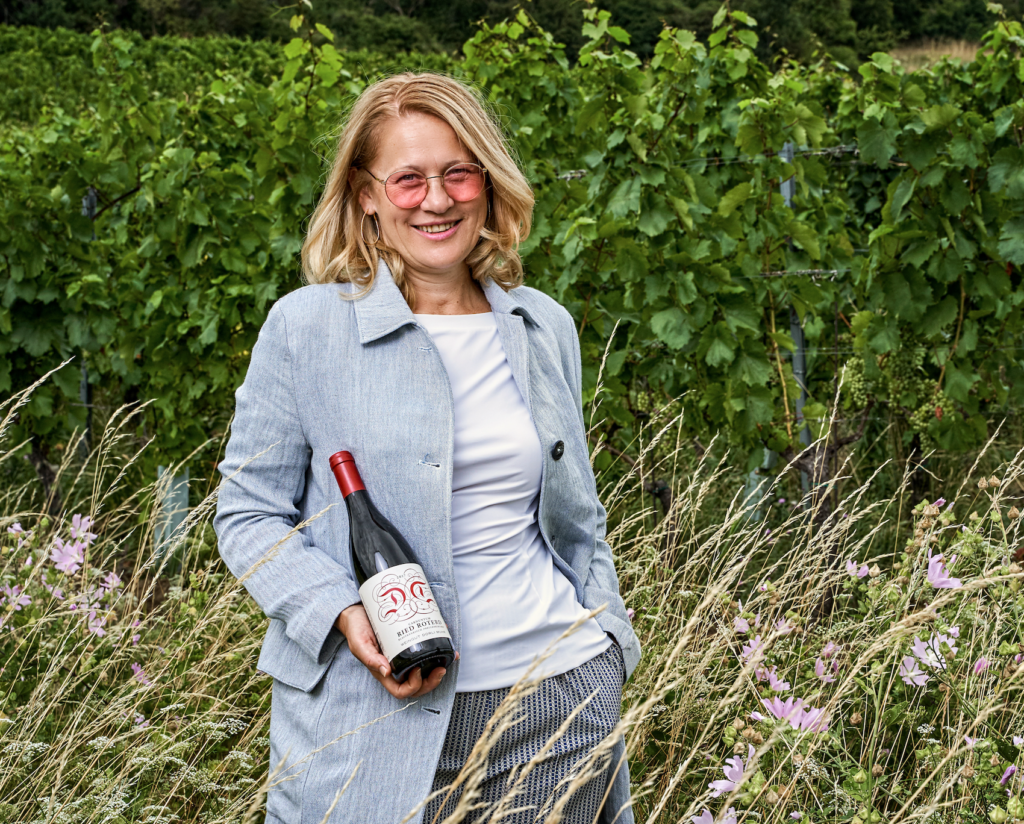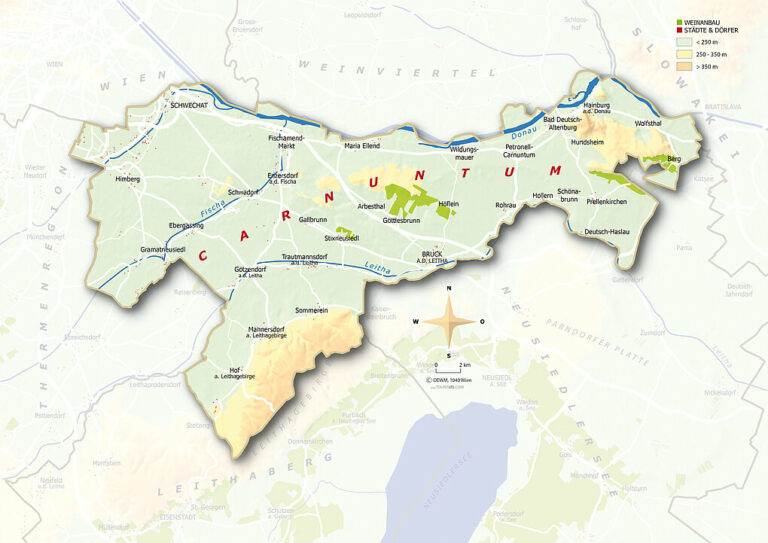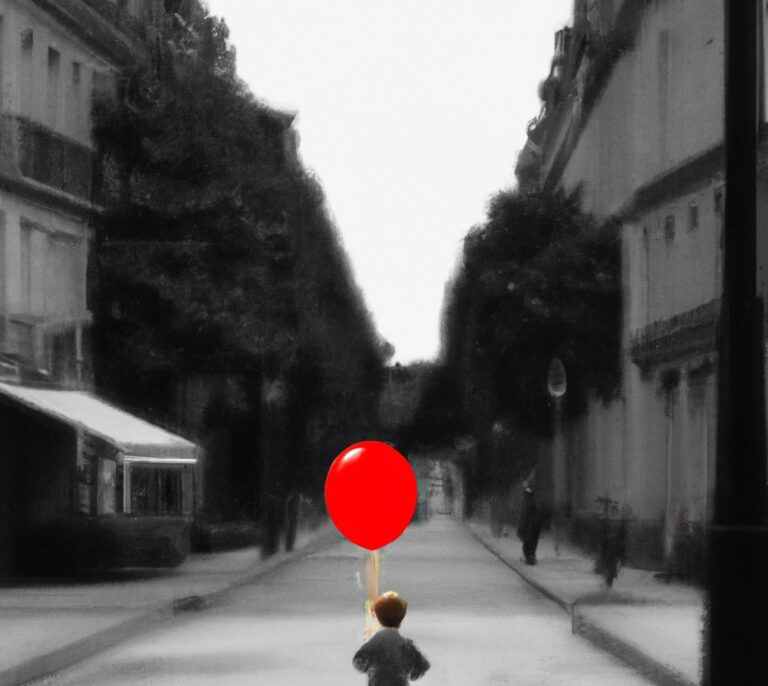Why Dorli Muhr Bet It All on Blaufränkisch

Austrian wine splashed back into the headlines recently when four of its wineries were chosen by a leading U.S. wine publication for inclusion in their “Top 100” worldwide. Notably, three of the four made their names with red wines. What’s more — in a first for Austria — one is a woman. The woman in question, Dorli Muhr, has been a powerful catalyst for the rise of Austrian wine over the past three decades. But gaining international recognition for her own wines, particularly her strikingly finessed Blaufränkisch from a vineyard she was the first to champion, has been a long…


